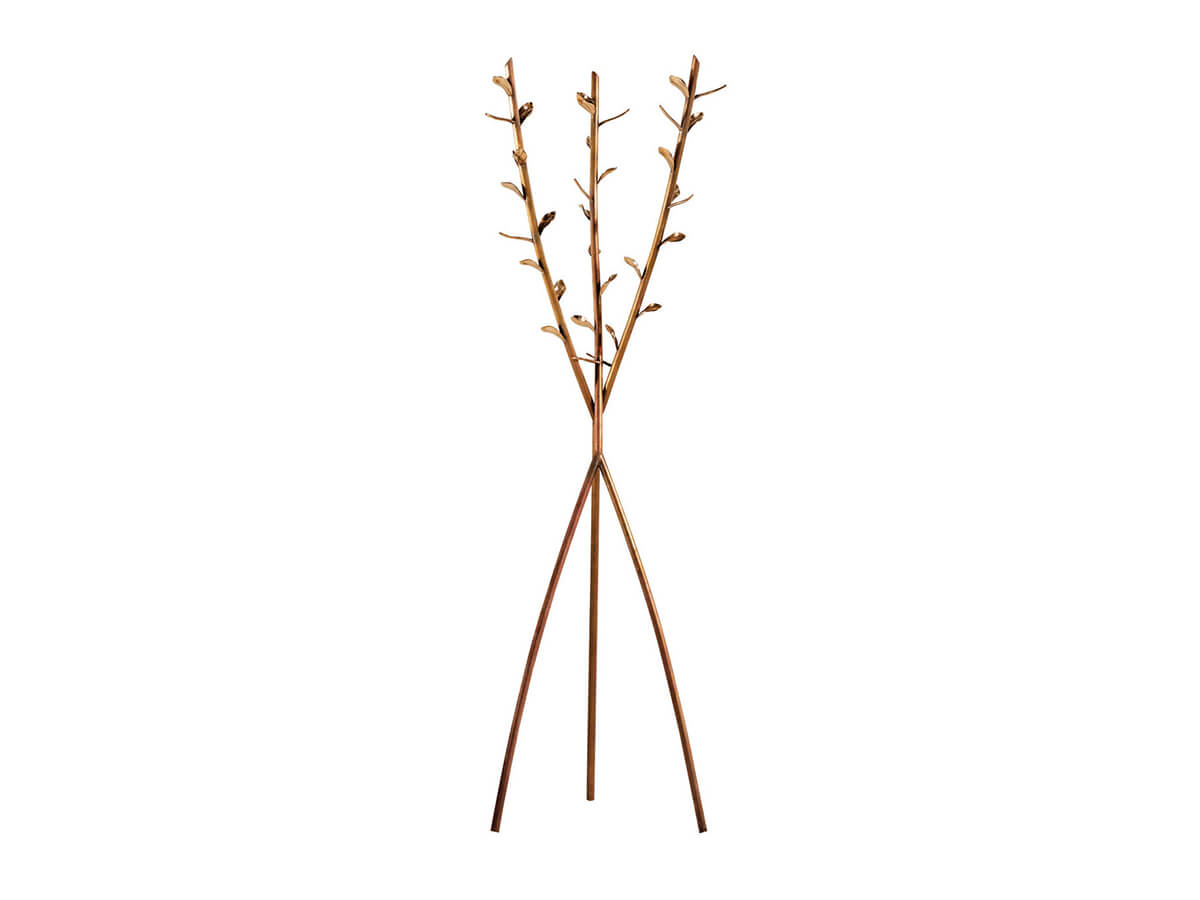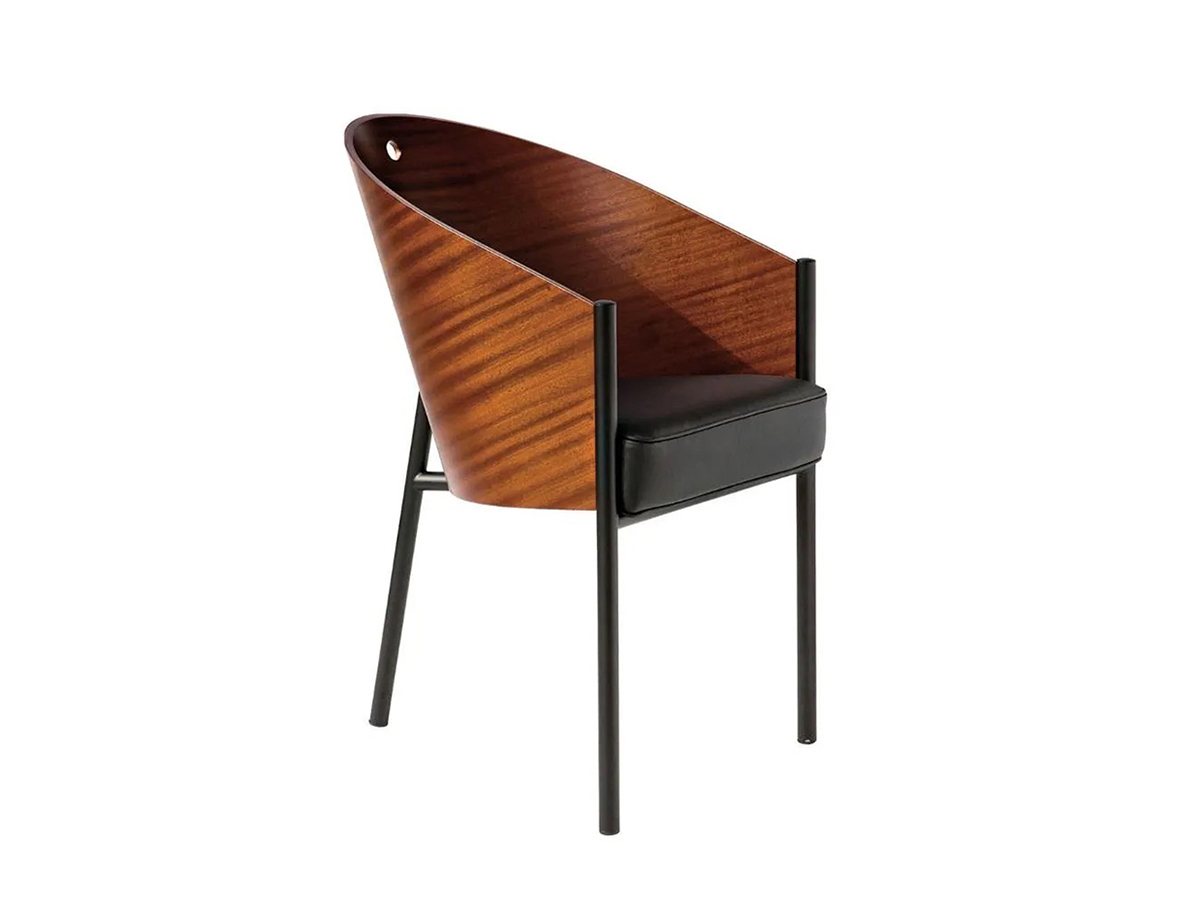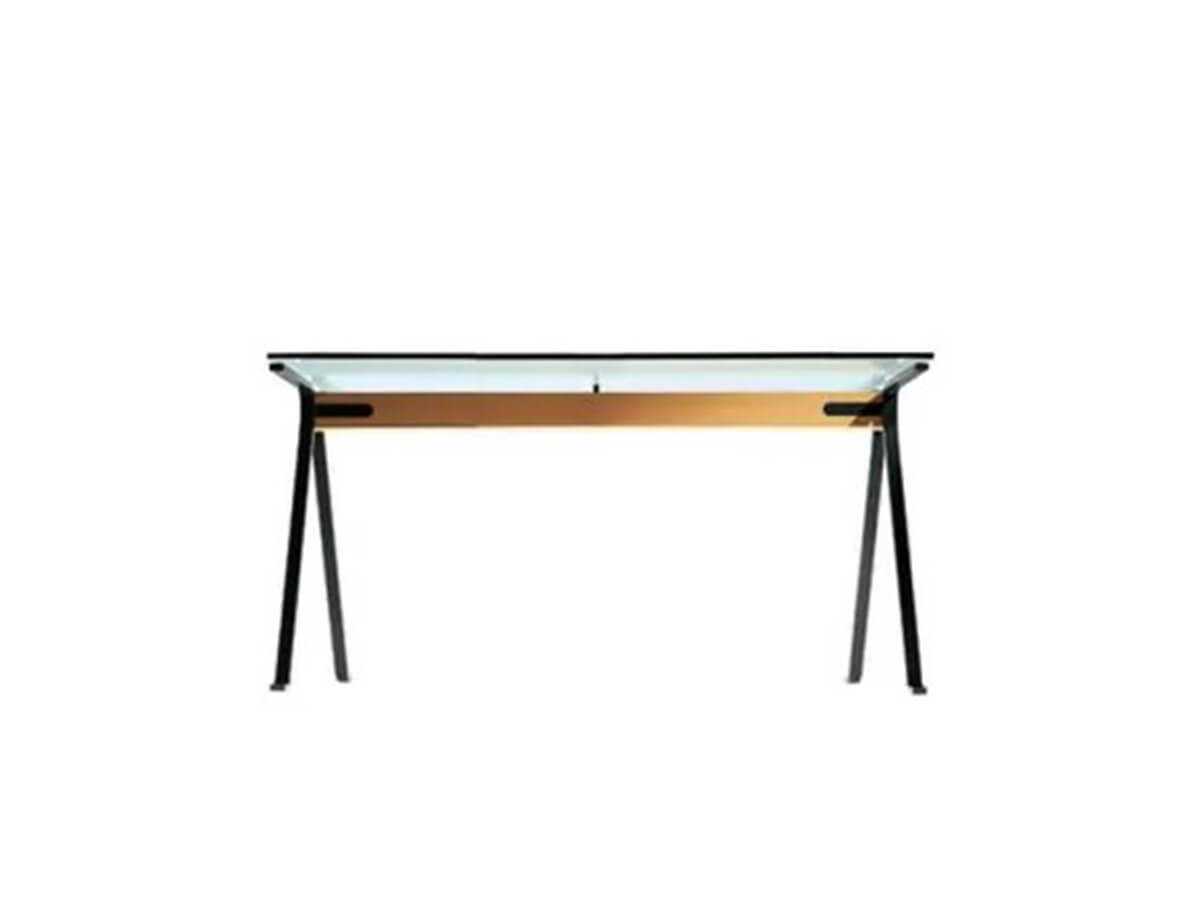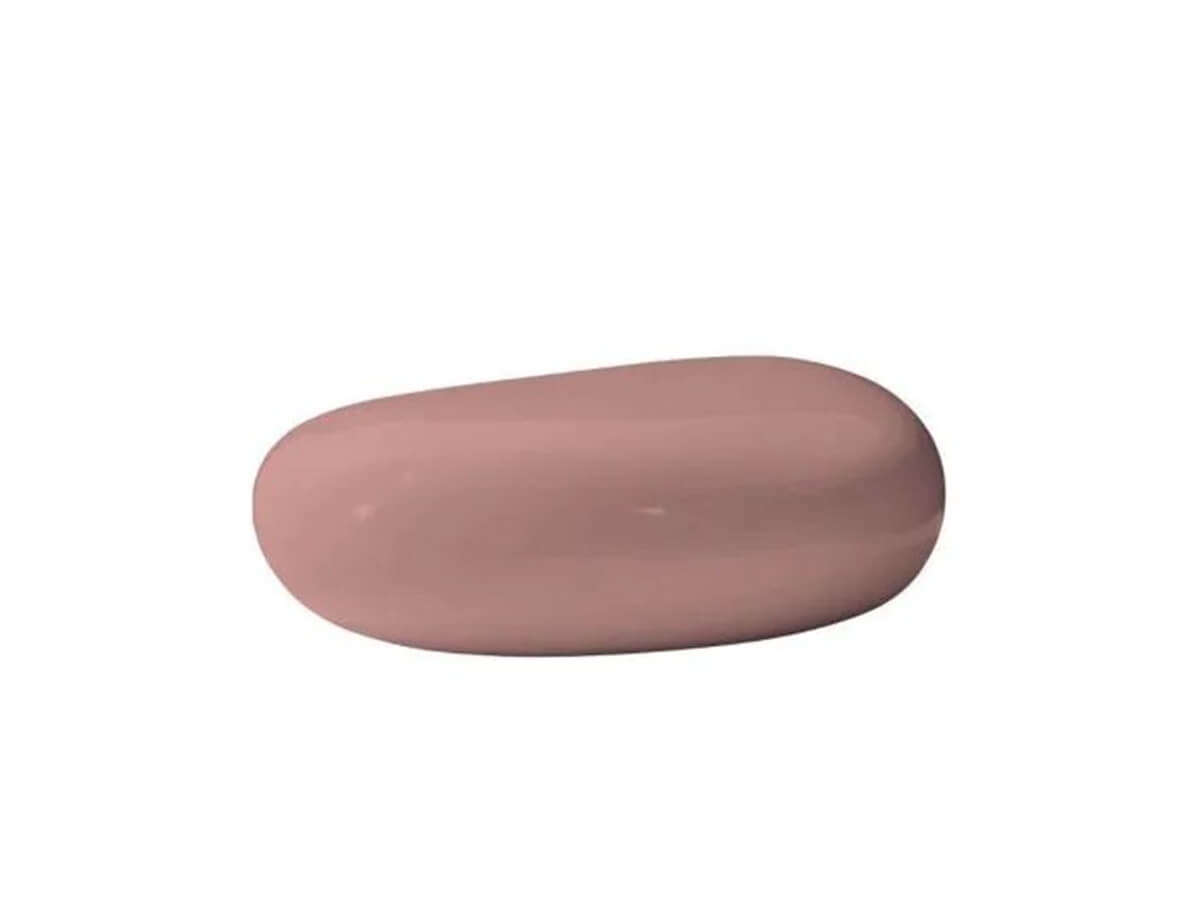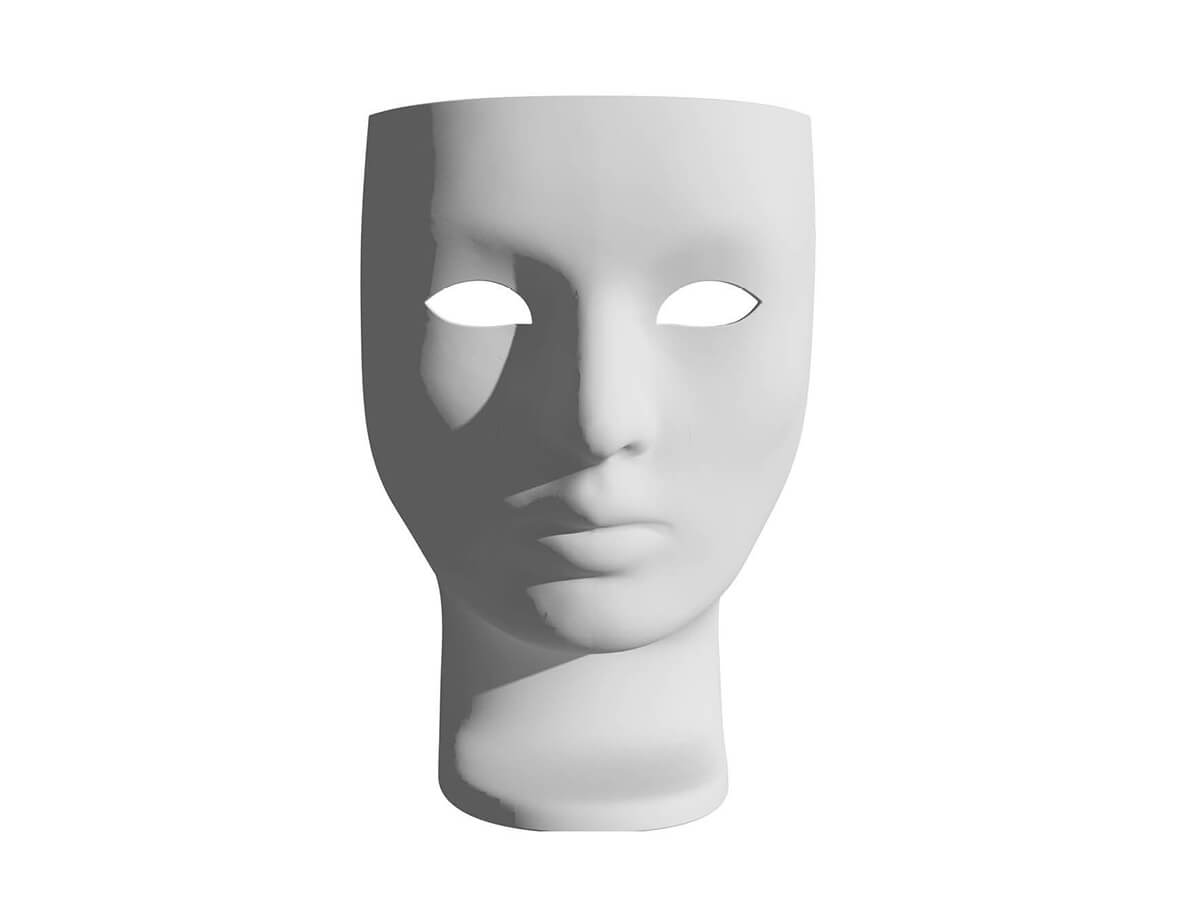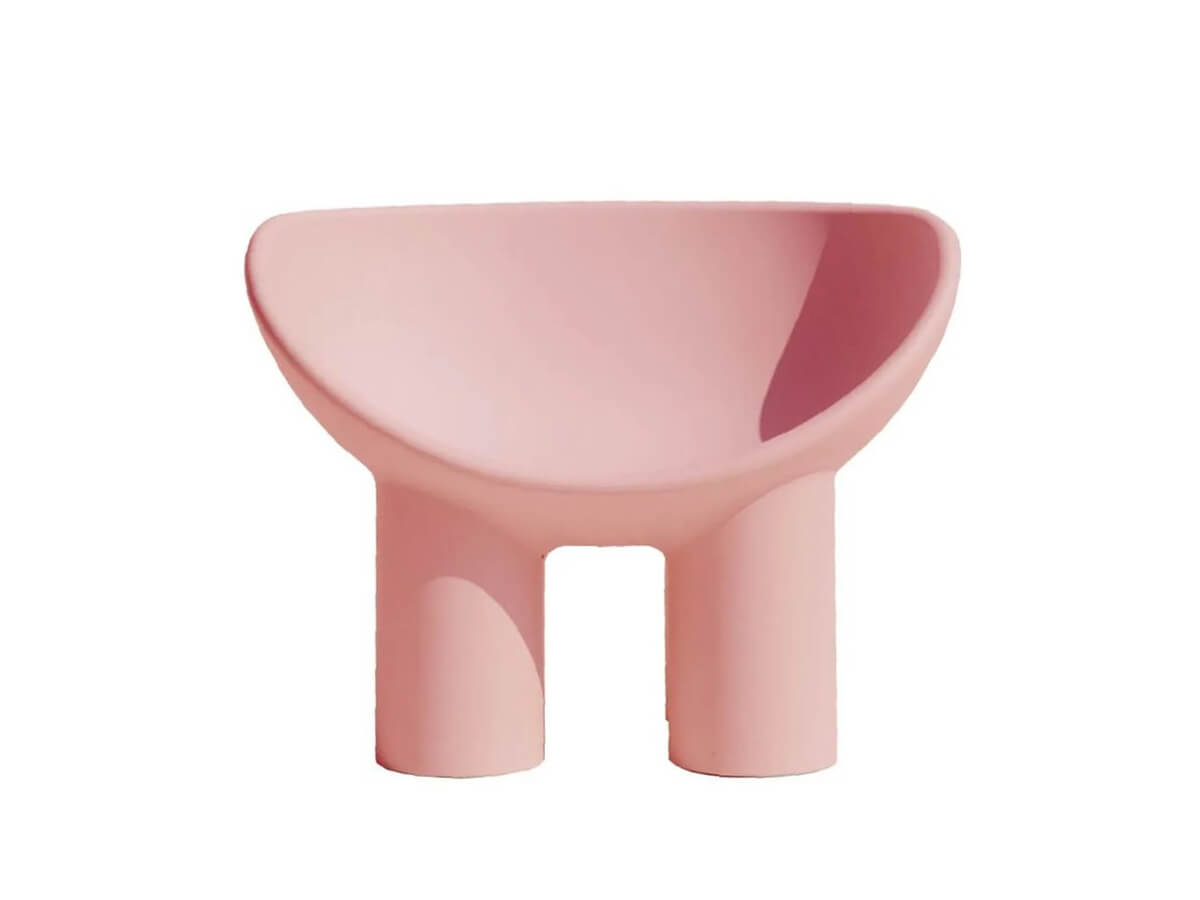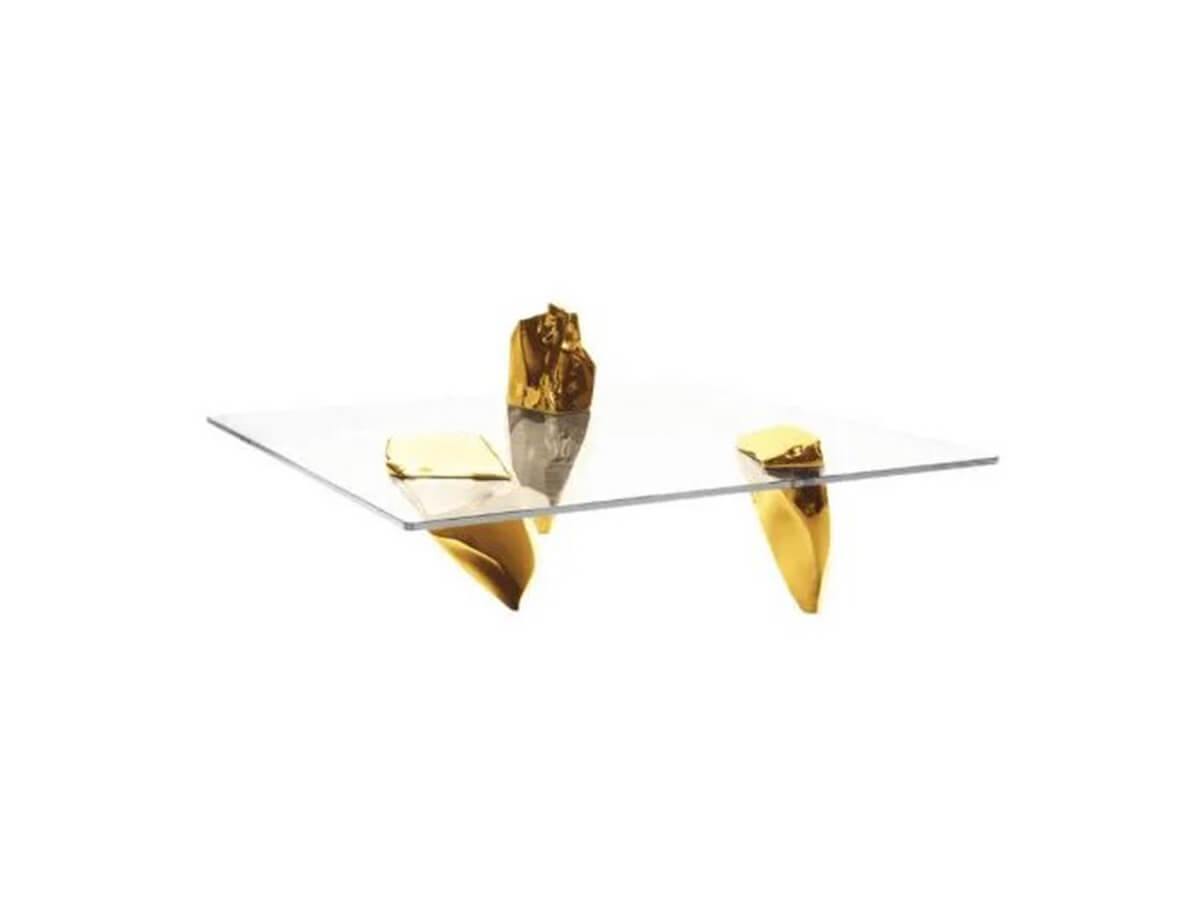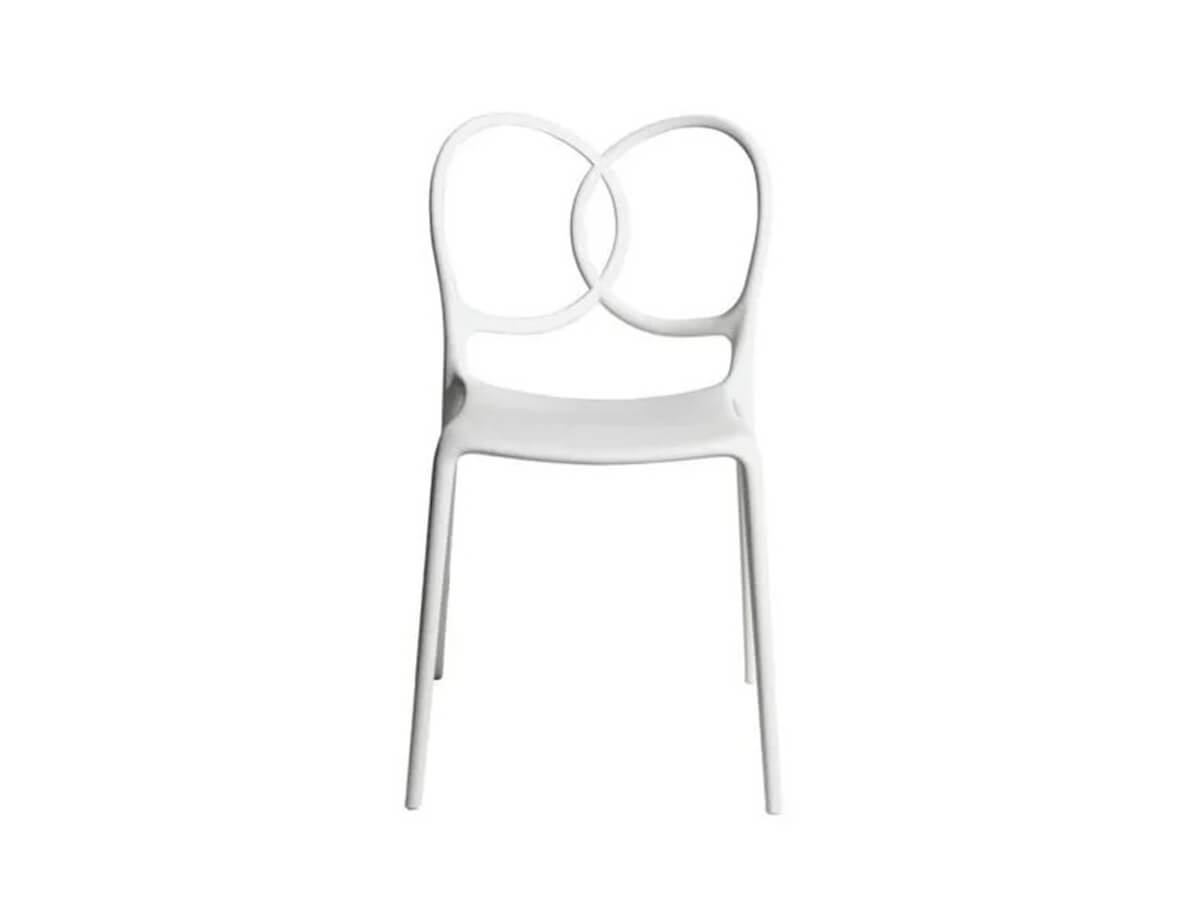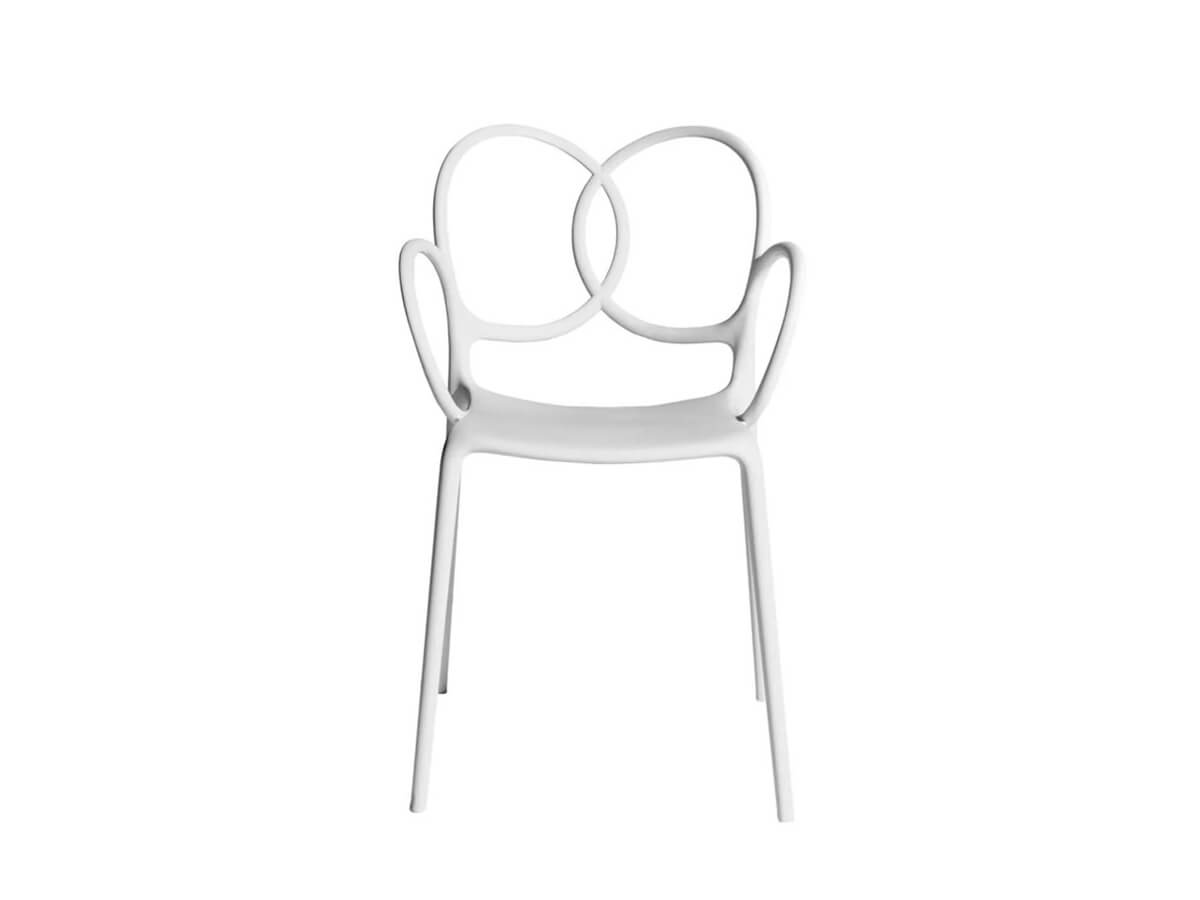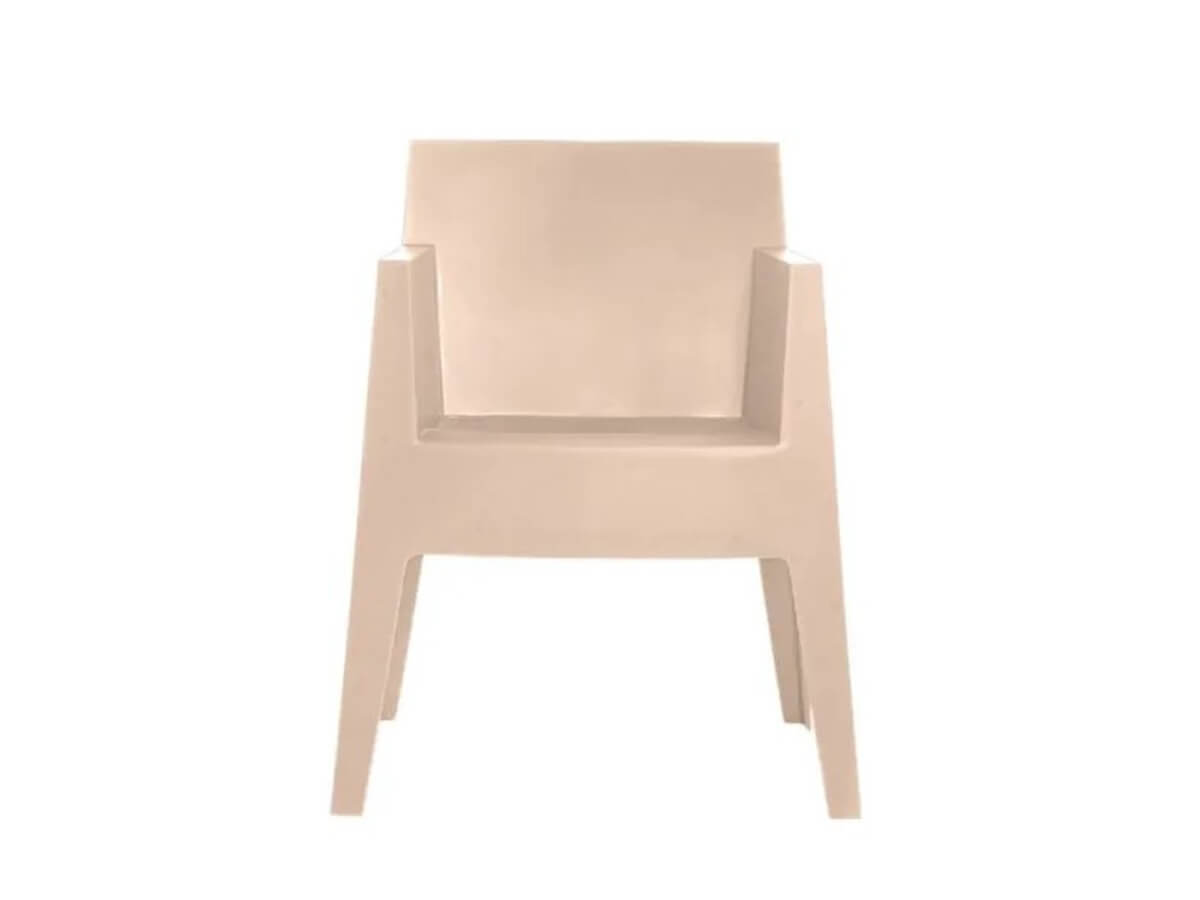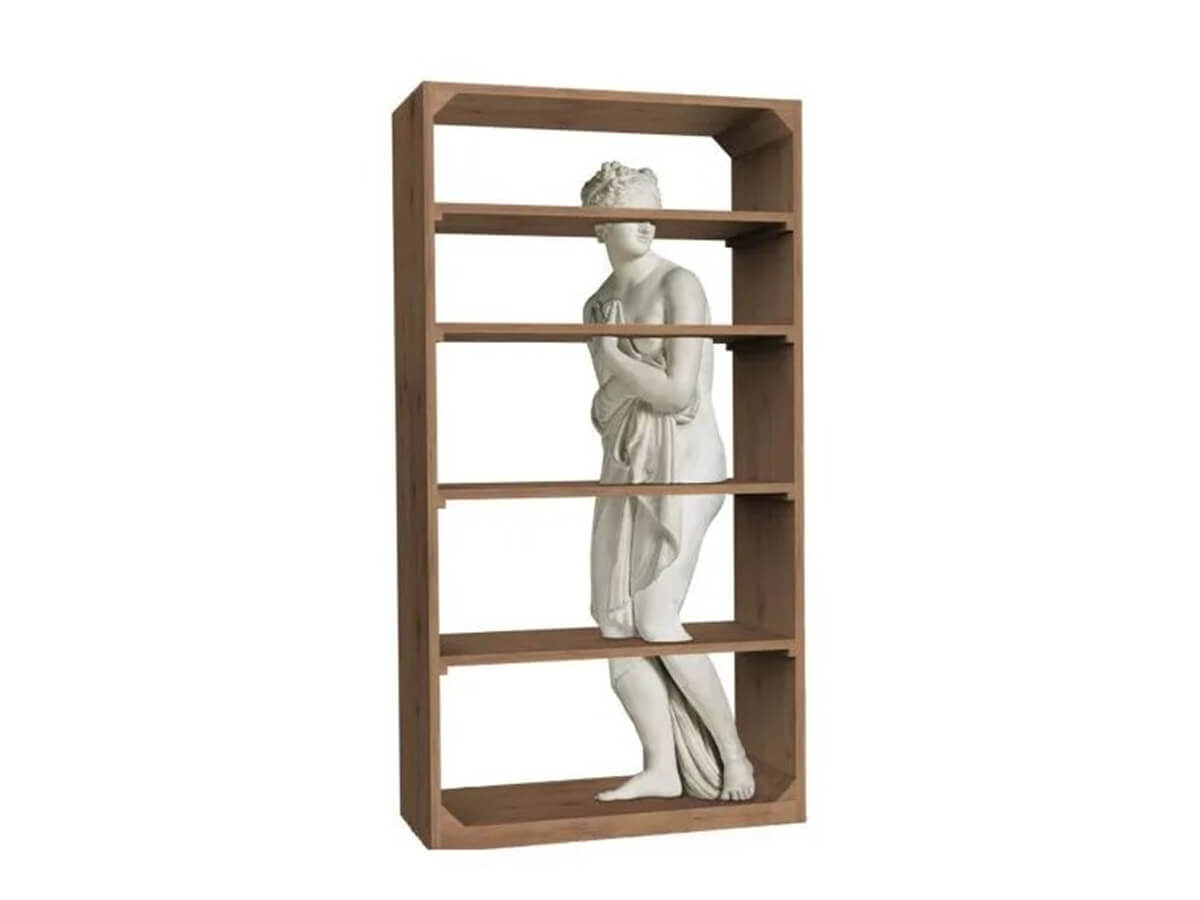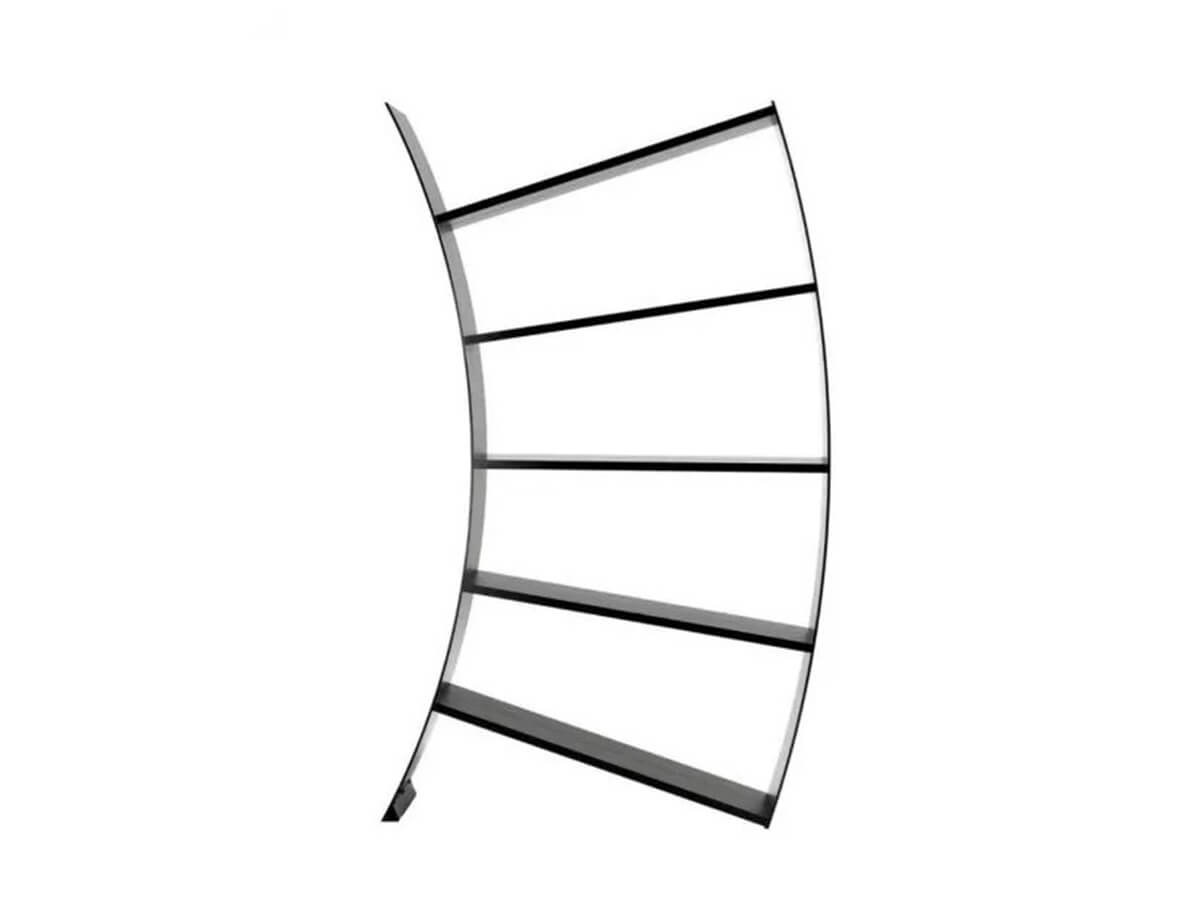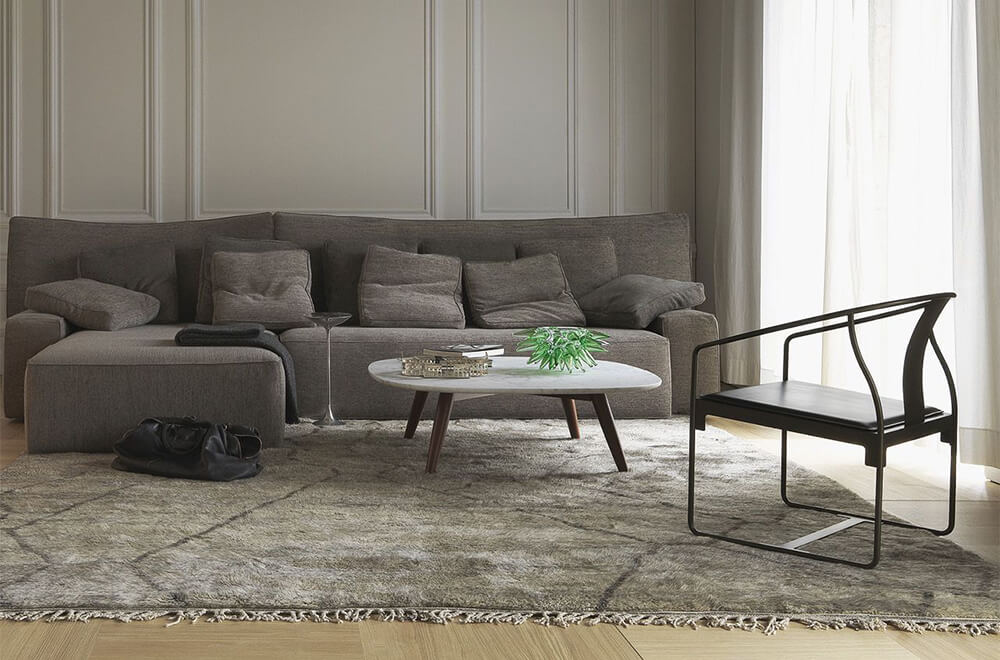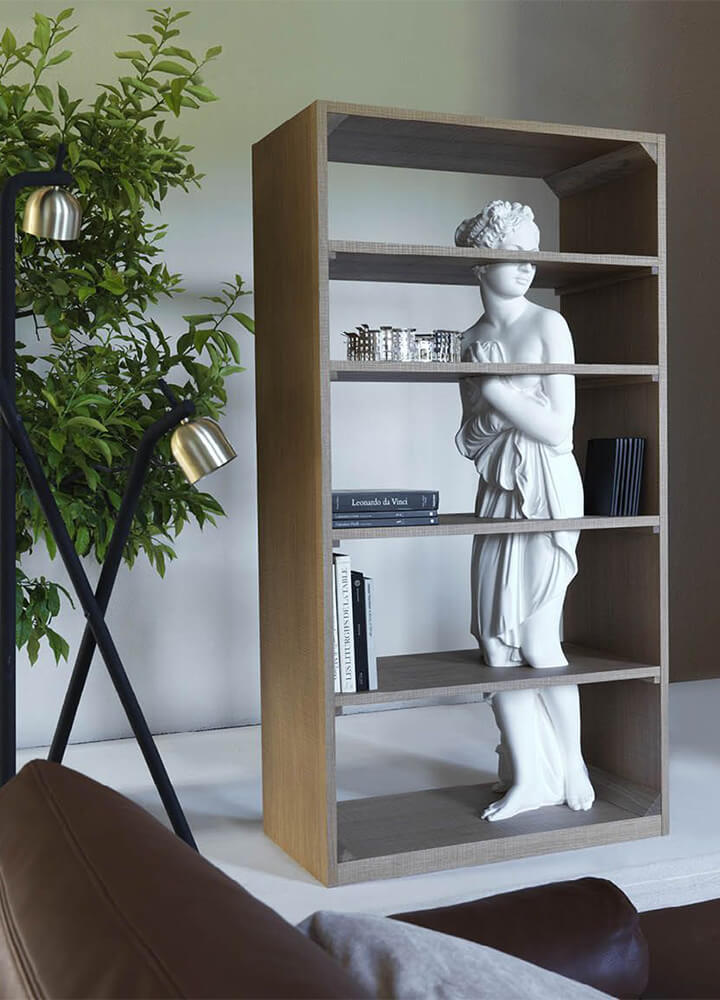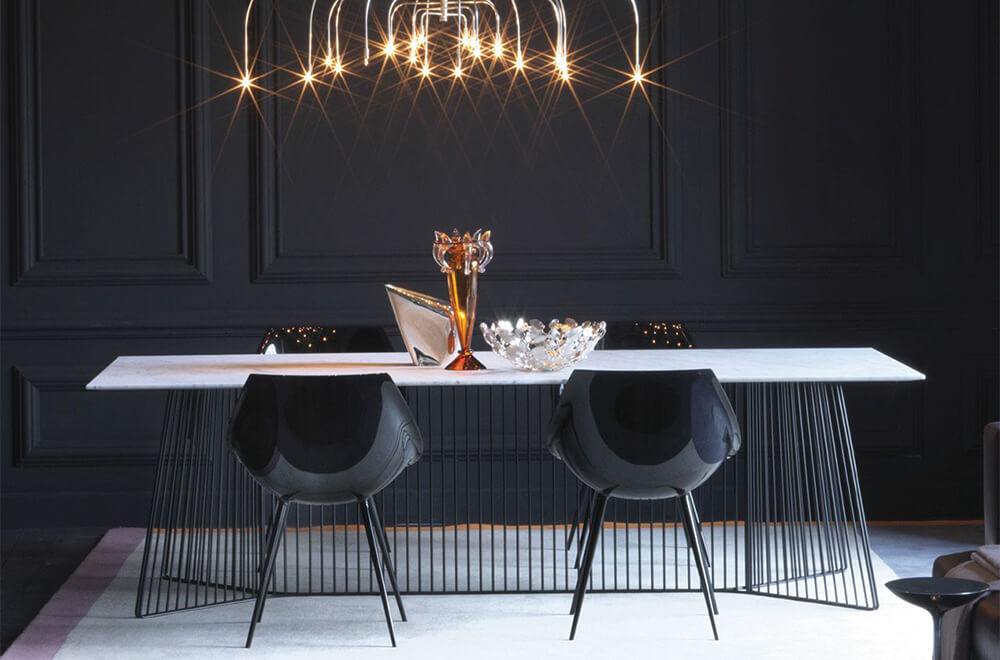The eclecticism and stylistic plurality, that characterize the brand, are reflected in a great variety of materials and prices: the Driade catalog ranges from practical plastic kitchen chairs such as the Sissi by Ludovica and Roberto Palomba to real furniture-artistic- sculpture like the Nemo armchair by Fabio Novembre or the table Sereno by the English duo Fredrikson Stallard. Sofas and armchairs, beds, tables, bookcases, outdoor furniture: Driade offers everything, always in the sign of experimentation.
The company’s history began in 1968, a revolutionary year that summarized its vocation. In the ’70s the Driade collection is coordinated by Antonia Astori, who also designs real bestellers like the Oikos bookcase. The solid collaboration with Enzo Mari made the company the first of the three Compassi d’oro won by Driade furnishings throughout its history, with the awarding in 1979 for the Delfina chair, and the creation of numerous products still very successful, such as the Frate table.
In the ’80s the international opening of the company arrives, with the search for young designers from all over the world that will enter its DNA and that will lead to the creation of masterpieces such as the Costes chair by Philippe Starck. Among Driade’s key characteristic is its attention to communication and dissemination, constant in its history that leads it to launch in the news-stands of the original furniture manuals and to edit a series of texts by great design historians, including Renato De Fusco.
The rich proposal of Driade does not stop at the world of furniture, but also extends to the field of objects. In the creation of vases, plates, cutlery, glasses and centerpieces, designers can find another outlet for their imagination, giving life to a series of surprising collections. In this context the work of the Czech Borek Sipek, master in the use of crystal with his neo-baroque and a little punk poetics, is particularly relevant.
